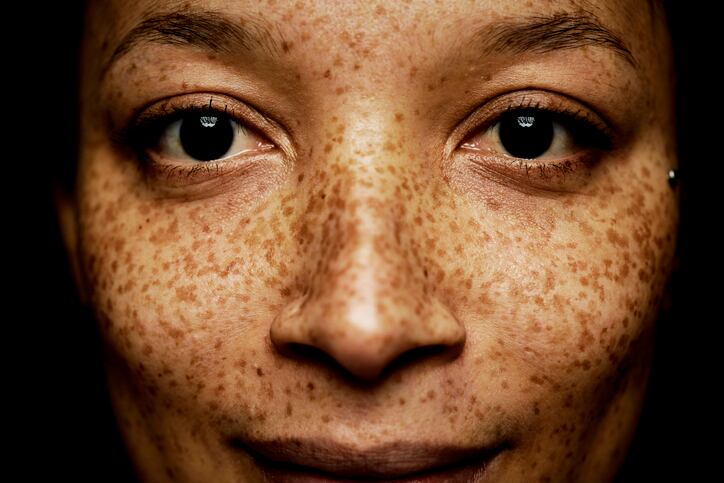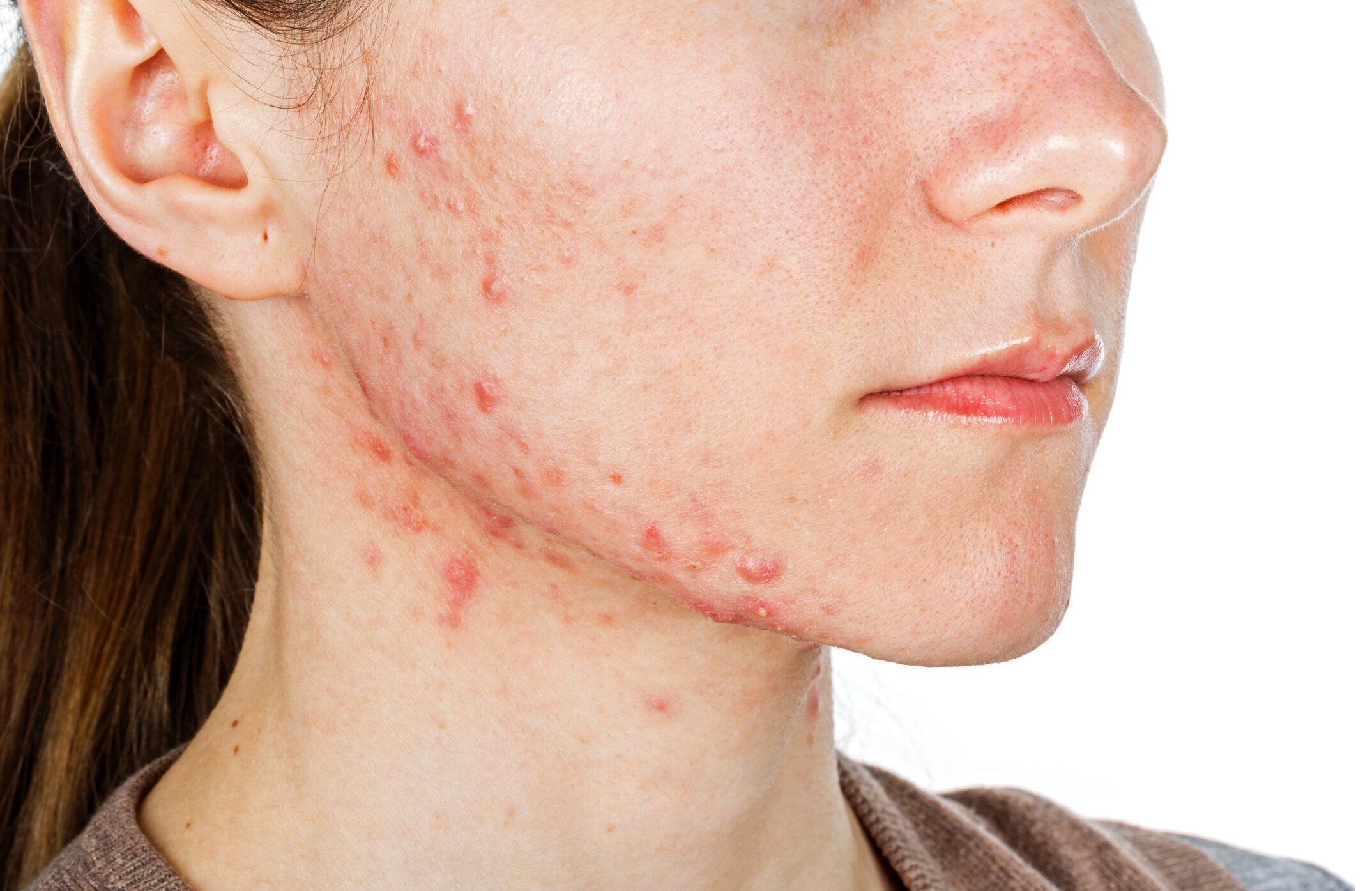Writing in Environmental Biology, researchers from Finland and India conducted a minireview on the type of global research being conducted in the skin microbiome field and analysed what would be important moving forward.
“The variety of methods combined with diverse reporting practices make replicating studies and assessing their quality difficult and slow down the progress in skin microbiome research,” the researchers said.
The minireview suggested, therefore, it would be beneficial for research efforts to become fully aligned, particularly given how widespread global research on the skin microbiome now was and how much of the research was reliant on very large data sets.
‘Transparent reporting and open research practices’
The “current era of microbiome research”, they said, was characterised by its reliance on large data sets of nucleotide sequences produced with high-throughput sequencing of sample-extracted DNA. And these approaches had yielded “new insights into many previously uncharacterised microbial communities”, they said.
Now, long-read sequencing and single-cell metagenomics were “shifting the research focus” from “mere correlations towards a more mechanistic understanding of the skin microbiomes”, the researchers said, offering a prerequisite for future applications in forensics and medicine.
However, due to a lack of alignment and standardised practices in research efforts, reproducing studies and results was difficult, “slowing down the overall progress in skin microbiome studies”, the minireview said.
Application of standardised practices in the study of skin microbial communities, therefore, combined with “transparent reporting and open research practices”, could help industry better understand complex structures, functional capacities, and health associations of the skin microbiome – efforts that would also increase the reproducibility of research.
Standardisation of sample collection and processing
Carefully controlled sample collection practices and clear definitions of the “exact sampling site” and sampling method would be important in being able to assess and compare findings across different studies, for example, the researchers said.
“Factors which could help standardisation are, for example, uniform sampling equipment (same size and manufacturer), reporting of the exact size of the sampling area (such as 5 x 5cm) and location (e.g. volar forearm on non-dominant side), and accounting for interpersonal differences (e.g. applied pressure, time, and swiping pattern). While some of these factors can be assessed in data analysis, further research is still needed to develop sampling tools and methods with reduced bias.”
Similarly, it would be important sample processing details were explicitly recorded, they said, like how long samples were exposed to different ambient temperatures after collection, what temperatures they were stored at, and whether any stabilising agents were used.
“While further research is still needed, increasingly low temperatures are probably better also at preserving all types of skin microbiome samples (biopsies, swabs, and strips) as long as the device materials tolerate this,” the researchers wrote. “…Sample storage should be carefully evaluated based on current research, and the use of control samples undergoing similar treatment as the skin samples is strongly recommended to minimise possible bias.”
‘More diverse’ and standardised data sets
Moving forward, the researchers said efforts in skin microbiome research ought to also focus on widening data sets given the “considerable inter-individual variability” in skin microbiome composition depending on various intrinsic and external factors.
“More diverse data sets need to be collected to account for differences in host-associated and external factors affecting skin microbiomes, such as ethnicity, sex, age, and the environment,” they said.
Interested in the Skin Microbiome?
Join CosmeticsDesign-Europe at Probiota 2022 in Copenhagen where we will be hosting an expert panel entitled Skin Microbiome 2.0 to discuss the future of this fast-evolving category. There's still time to register for the event taking place 28th-30th March 2022.
Future study designs, they said, should therefore consider medical or demographic variables when choosing participants, given this could influence results and impact whether findings could be generalised. Statistical power – the number of participants needed to detect significant differences between groups of interest – should also be factored into study design, the researchers said. And whilst the exact number depended, most landmark skin microbiome studies analysed dozens to several hundreds of samples, they said.
Finally, analysing this data in a standardised way, the researchers said, would be key to deepening skin microbiome knowledge because the number of techniques and tools to do so was “immense”.
“To facilitate progress in skin microbiome research through adoption of open science practices, we recommend that the data and analysis code be made findable, accessible, interoperable, and reusable,” the researchers said.
Source: Environmental Biology
Published online ahead of print, doi: 10.1111/1462-2920.15945
Title: “Towards standardised and reproducible research in skin microbiomes”
Authors: MO. Ruuskanen et al.




